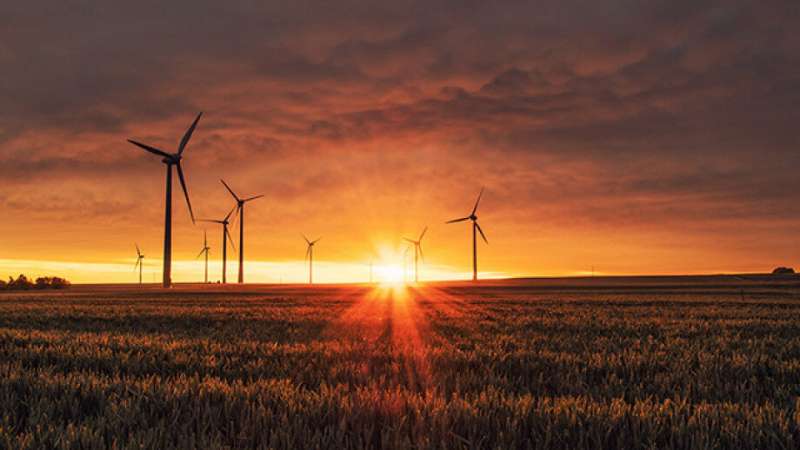Australia has power to lower CO2 emissions in Asia Pacific

Australia could drastically lower carbon emissions in the Asia-Pacific region by exporting zero-carbon commodities such as electricity, green hydrogen and green metals, according to new research by experts at The Australian National University (ANU).
The study of Australia's potential to supply zero-carbon commodities to the Asia Pacific is the first to quantify the energy, land and water requirements of a new zero-carbon export model for Australia.
The study shows Australia could reduce the Asia-Pacific region's greenhouse gas emissions by about 8.6 percent if the current level of key commodity exports such as thermal coal, liquefied natural gas, iron ore, bauxite and alumina could be replaced by green alternatives.
To do so would require about two percent of Australia's land area for solar and wind farms.
The International Energy Agency's 2020 World Energy Outlook estimated countries in the Asia Pacific contributed about half of global carbon dioxide emissions from energy use in 2019. The Asia-Pacific is expected to account for almost two-thirds of global energy demand growth over the next two decades.
Countries such as China, Japan, South Korea, India and Indonesia have already announced net-zero emission targets.
Lead author Professor Paul Burke, from the ANU Crawford School of Public Policy, says Australia has a big opportunity.
"Australia is one of the world's largest exporters of fossil fuels and we have a real chance to shift to a much cleaner export bundle," Professor Burke said.
"Becoming a clean commodity exporter could generate sustainable export revenues for Australia and play a useful role in reducing greenhouse gas emissions well beyond our border."
Fellow authors Dr. Fiona J Beck, Dr. Emma Aisbett and Professor Ken Baldwin say the way Australia sources and uses energy is transitioning rapidly and the country has an opportunity to lead the way globally.
"Australia has fantastic wind and solar resources, meaning that the area of land needed to produce zero-carbon energy exports is relatively small, and the required solar panels and wind farms could be co-located with existing land uses such as livestock grazing," Dr. Beck said.
Dr. Aisbett says emissions from overseas use of Australia's fossil fuel and ore exports currently dwarf domestic greenhouse emissions.
"With appropriate policy settings, Australia has an opportunity to make major contributions to achieving sustainable development goals in the Asia Pacific, including for remote Aboriginal communities in Australia," she said.
Professor Baldwin said Australia is well-placed to become a regional powerhouse for renewable energy.
"Substantial investment is needed to become a major supplier of zero-carbon energy and materials to the Asia Pacific. This is potentially greater than the investment needed for Australia's domestic energy transition" he said.
The study, "Contributing to regional decarbonisation: Australia's potential to supply zero-carbon commodities to the Asia-Pacific," has been published in the journal Energy.
More information: Contributing to regional decarbonization: Australia's potential to supply zero-carbon commodities to the Asia-Pacific. Energy. doi.org/10.1016/j.energy.2022.123563
Provided by Australian National University





















